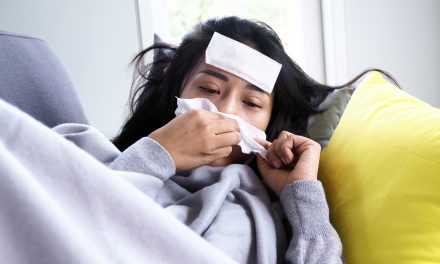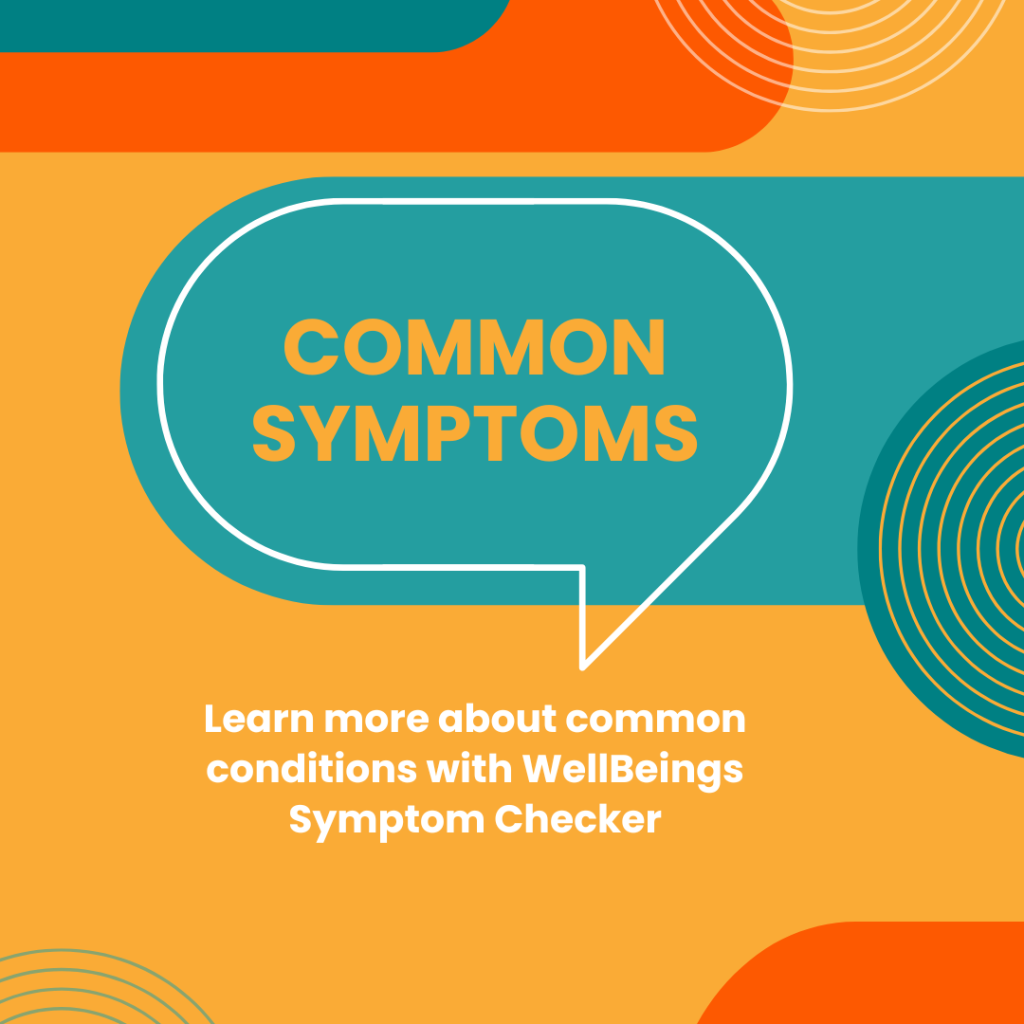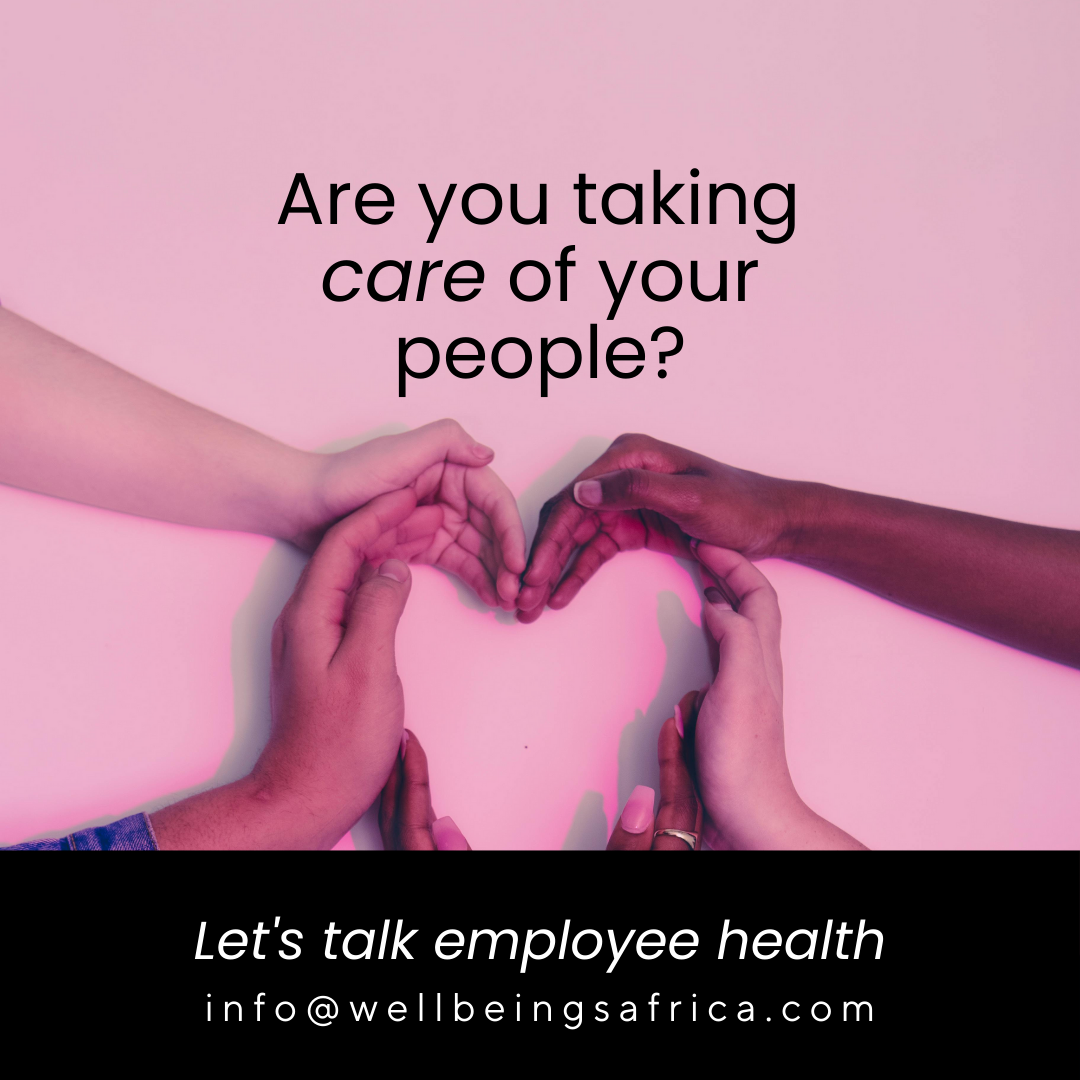Menopause is a natural part of every woman’s life…
Why does menopause happen and how can you manage the various symptoms and effects? Read on to learn more about this natural stage in every woman’s life.
Quick Read:
- Not all women will have the same symptoms of menopause.
- Some women may experience shorter versions of menopause and others may start earlier than expected.
- Menopause is a deeply personal experience, so embrace it and do your best to stay healthy!
1. Menopause happens in stages
As an important touchstone in every woman’s life, menopause can be a challenging time. The good news is that typically, menopause begins with perimenopause when your period becomes irregular but hasn’t yet stopped. Think of it as the lead-in to menopause. During this time, you may have symptoms like hot flashes (though not everyone experiences these). Pregnancy isn’t extremely likely now, but it’s still possible, so take the necessary precautions until your periods stop for a year.
Tip: Track your cycle and symptoms to monitor any changes.
2. Why menopause happens
We all get older, and for women, menopause usually signals that era when there’s a natural decline in reproductive hormones (mainly oestrogen and progesterone). Some women can start menopause as early as 45. These hormones help balance your menstrual cycle and are important in the fertility process. As the ageing process goes on, a woman’s ovaries will slowly start producing fewer hormones and eventually, the menstrual cycle stops.
Tip: Keep up with your healthy lifestyle habits. Eat nutritious foods and exercise regularly.
3. Common menopause symptoms
The important thing to know here is that each woman’s experience with menopause may be totally different. Some ladies have night sweats, vaginal dryness and mood swings; others could experience weight gain or skin changes. Take each symptom as it comes and do your best to manage each one.
Tip: Drink plenty of water, go for walks and wear light clothes when sleeping to manage the hot flashes.
4. Eat healthy food to manage menopause
Menopause can take a toll on your bones and joints and increase the risk of osteoporosis. Include more calcium and Vitamin D in your diet. To keep those mood swings in check, try to get a good amount of complex carbohydrates that help to keep your energy and mood levels at a good balance. Go for oats, quinoa, and sweet potatoes.
Tip: Eat more leafy greens like kale and spinach, fatty fish like salmon and sardines, and yoghurt. Don’t forget to get a good amount of sunlight each day for natural Vitamin D.
5. Ask a doctor about HRT for menopause
Hormone Replacement Therapy (HRT) is a common treatment for menopause symptoms. It works by replacing the oestrogen that your body loses. It can relieve hot flashes and vaginal dryness. Ask your doctor or at the clinic about HRT.
Tip: You can also try meditation, yoga, and herbal teas to help with overall menopause symptoms.
6. Try pelvic floor exercises
As oestrogen declines, some women experience vaginal dryness and urinary incontinence. Strengthening the pelvic floor can improve bladder control and overall vaginal health.
Tip: Consider using a water-based lubricant to manage vaginal dryness. For Kegel exercises, imagine you’re trying to stop yourself from urinating. The muscles you engage are your pelvic floor muscles. Tighten those muscles for about 3-5 seconds. Release for 3-5 seconds. Do this contraction and release cycle 10-15 times, 3 times a day.
Remember
Menopause is an important milestone. It’s okay to feel a mix of emotions. Your body is going through a major shift, and it takes time to adjust. Focus on self-care and give yourself grace.
Image: Freepik



















